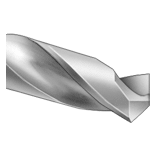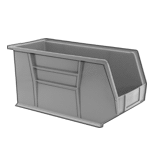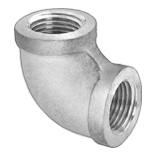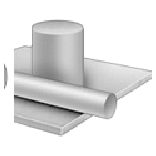Filter by
System of Measurement
Thickness
Width
Length
Tolerance Rating
Appearance
Hardness Rating
Fabrication
Maximum Temperature
Mechanical Finish
Specifications Met
Yield Strength
DFARS Specialty Metals
Raw Materials
Measuring and Inspecting
Power Transmission
Fluid Handling
Fastening and Joining
Fabricating and Machining
































